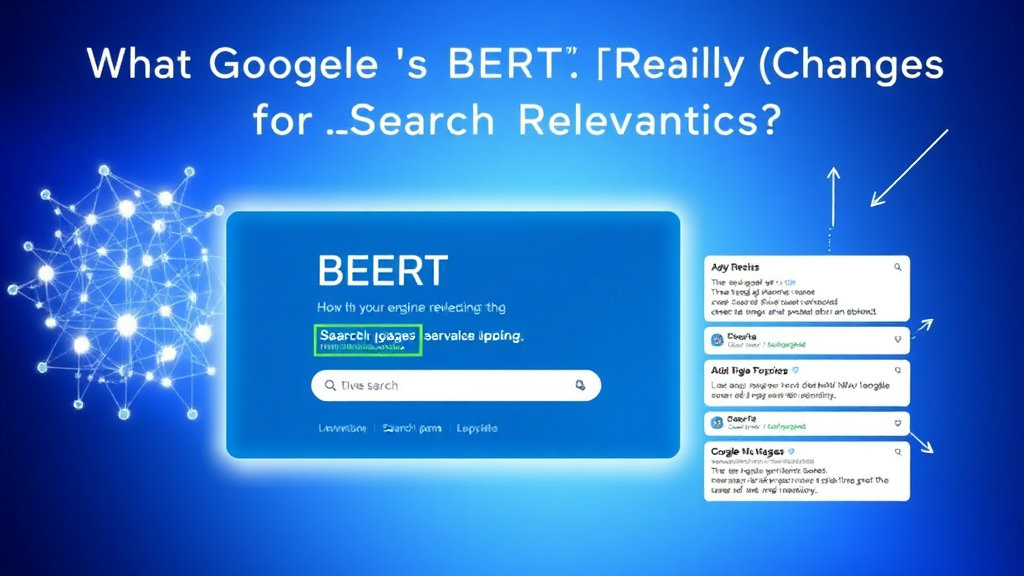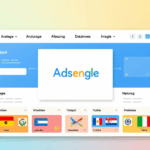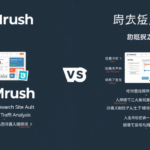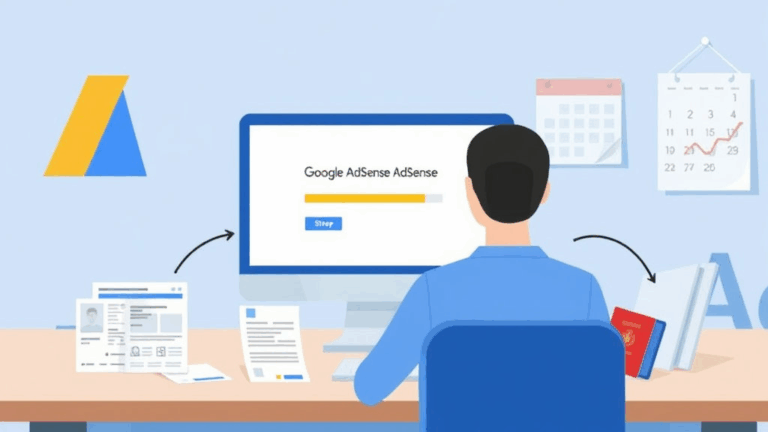What Google’s BERT Update Really Changes for Search Relevance
BERT Isn’t a Ranking Factor, But It Screws with Ranking
This one tripped me up for a while. When BERT came out, a bunch of SEOs started obsessing over optimizing content for BERT, which makes zero sense if you understand how BERT fits into Google’s pipeline. It’s a language model, not a scoring model. So technically BERT doesn’t assign ranks — but it sure as hell reshapes the context Google uses to evaluate relevance, especially for long-tail queries where a single preposition changes everything.
I had a client’s site that rank-dropped overnight after BERT rolled out. Turns out they were leaning hard on keyword-stuffed headings like “Best Italian Shoes NYC”. After rewriting with more natural phrasing — the kind people actually type like “where to buy good Italian shoes in New York” — things recovered. Didn’t touch meta, didn’t touch structured data. Just rewrote like a human. That’s when it clicked for me: BERT isn’t judging your page, it’s changing the meaning of the query.
The behavioral bug here? BERT sometimes de-ranks clearly relevant pages because it shifts semantic intent too far — especially if there’s weak internal linking or ambiguous layout. I saw one case where a product page disappeared from query results because the H1 line included a location name that confused entity extraction.
Paragraphs Matter More Than Keywords Now
This still feels awkward to type. But yeah, since BERT parses language at the sentence and phrase level, the actual structure of your writing finally matters. Before, you could kind of get away with a Franken-article built from chopped-up content parts, each repeating some keyword variant. Now? The flow between sentences is what signals topical relevance.
I tested this recently by taking one of my old posts and doing two rewrites:
- Version A: Original — short sections, keyword-dense headers
- Version B: Rethought — longer paragraphs, conversational tone, fewer exact matches
Within two weeks, Version B showed up for queries I never aimed at — like variations with different verb tenses and even mispellings. Google’s clearly clustering concepts together based on how naturally a topic unfolds in real language. Less mechanical density, more semantic coverage.
The “aha” moment: One chunk ranked on its own with a Featured Snippet for a question I never wrote, pulled from a middle sentence that just happened to answer it naturally. I didn’t even use H2s there. Just good writing.
Google Still Has No Idea What You Mean in Certain Niches
Look, BERT’s great when the topic has a rich corpus of language Google can train against. But if you’re deep in a niche — especially a hobbyist or low-volume vertical — BERT occasionally maps your content to the wrong intent entirely. I run a site about retro game controller repairs (long story) and saw BERT mangle the hell out of searches like “Genesis controller jumper cap size”. It started returning sewing tutorials.
That’s an edge case nobody talks about: if the natural phrasing of your vertical overlaps semantically with a more common domain, BERT’s too eager to switch lanes. You can see this if you write jargon-heavy titles without carving out enough semantic breadcrumbs in the full post. Google’s system assumes the denser topic wins.
Platform workaround
If you notice your post returning for wildly irrelevant queries, try reinforcing the domain early. Add clarifying modifiers like “retro electronics” or “controller PCB” within the first few sentences. You’re building disambiguation scaffolding for the algorithm’s context window. You won’t find that in the documentation, but it works.
Blogger (Yes, Blogger) Handles BERT Queries Poorly by Default
I maintain one ancient AdSense-generating Blogger site just because nostalgia. And monetization. Mostly monetization. Filing this under platform logic flaw: Blogger’s default template layout still doesn’t properly signal content hierarchy to Google’s crawlers. It dumps tags and side widgets high in the DOM, which leads BERT’s pre-indexing system to weigh the wrong parts first.
Here’s a fun one — I updated a post to rewrite the intro more naturally, using full-phrase questions instead of compact headlines. But the rankings didn’t budge. Why? Turns out Blogger’s metadata and layout scripts load before the post body, so Google’s system was still preferring sidebar tag clouds and nav labels as the primary semantic indicators. That’s utterly bonkers.
What actually fixed it:
- Hardcoded the title metadata using raw HTML, not Blogger variables
- Re-ordered the layout so .post-body precedes widgets
- Disabled auto-tag indexing by removing tag includes from the head
- Cut structured data scripts that duplicated page titles
After those changes? Boom. Google started pulling proper snippets, even mid-paragraph, instead of displaying the blogroll title or related-posts widget as the preview. Ridiculous that this is even necessary, but here we are.
BERT Hates Over-Optimized Anchor Text
I screwed this up hard on a network of small blogs promoting a niche sitemap generator. I used “best XML sitemap generator” as the anchor to my main tool across every blog. Used to work fine. After BERT, those links started tanking user-matching entirely. Traffic dropped, bounce rate jumped. Eventually, I realized BERT now flags those “poser phrases” as semantically overstuffed. It undervalues them in context, or just plain ignores them.
Once I rewrote the anchor text on those links — using natural phrasing like “I’ve used this tool for my custom post types” or “try generating something lighter-weight” — the pages started recovering. Not immediately. But it was like BERT could actually tell that the linked content was being referenced in a real conversational use, not gamed.
Edge bug: Pages linked from exact-match anchor clusters started returning for the wrong keywords entirely. One of my tool pages began ranking for irrelevant ad jargon I’d never written — turns out the anchor text was overpowering the surrounding content signals.
Context Windows Mean Older Content Isn’t Forgotten — Just Misread
One weird side effect of BERT: old articles you haven’t touched in years can suddenly bubble up — or vanish — based on how the model now interprets their phrasing. I had a post from 2014 about dropped Cloudflare packets that started getting hits for “reset my router”. Not even close. But the word “timeout” appeared 7 times, and that was enough for BERT to guess wrongly at user intent.
This tells me one thing: if you’ve got legacy content with ambiguous nouns or tech slang that’s fallen out of use, you might want to sanitize those passages. Or better: update the intros and headers. Because BERT doesn’t forget those posts — it just incorrectly thinks they’re useful in a new context it didn’t used to understand that way.
It’s like you left up your raw notes on a wall, and now the algorithm’s treating them like fresh signage.
You Can’t Optimize for BERT, But You Can Optimize for Clarity
Every single “BERT SEO guide” I’ve read either misses the point or parrots the same advice: “Write for humans.” Cool. Thanks. Never thought of that. But dig just a bit deeper and there are strategic ways to lean into how BERT prioritizes clarity and flow without going full Medium-blogger voice.
Here’s what I started doing:
- Begin sections with full-sentence questions, not shorthand headers
- Use transitional phrasing that connects concepts — the word “because” increased relevance in some cases
- Answer implicit questions before the model even asks them — it boosts snippet coverage
- Limit nested embedded quotes or code blocks that interrupt semantic flow
- Avoid bullet-list-only content unless context was built just before
- Use varied vocabulary for repeated terms — synonyms are your friend now
None of this is gaming BERT. It’s just writing like you’re explaining something to an intern who’s smart, but distracted mid-coffee sip. Turns out that’s pretty close to how the language model parses intent too.














